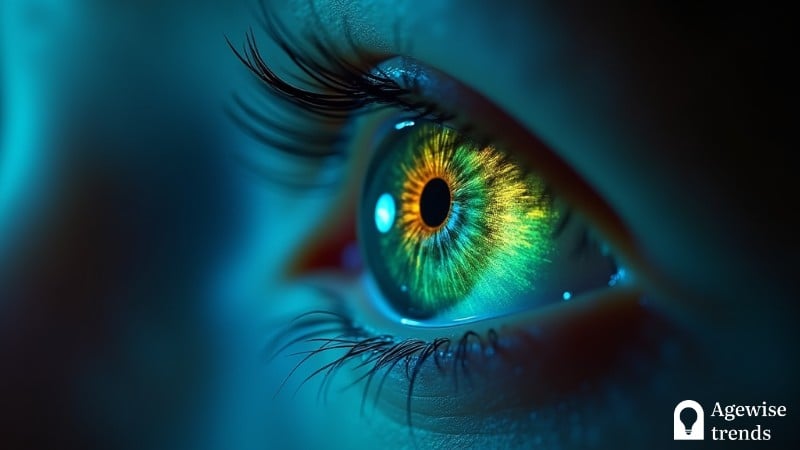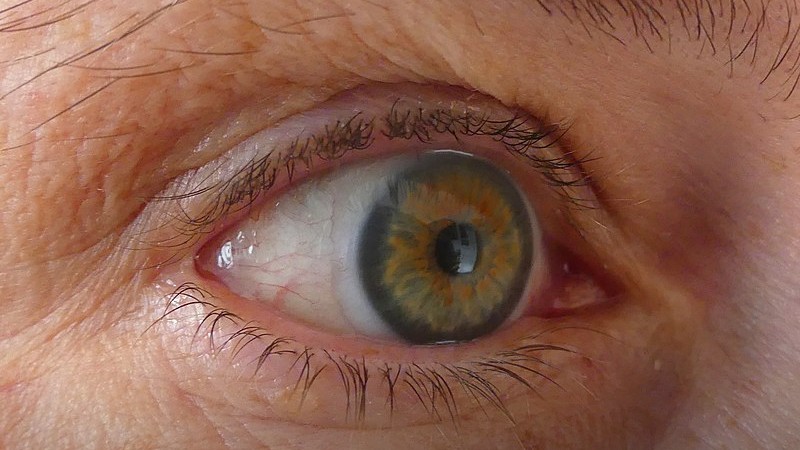RetinalGenix Technologies has reached a significant milestone with the successful imaging of patients, including older individuals, using its initial prototype of an advanced ocular monitoring device.
The first version of the device utilizes both near-infrared and green modes to capture detailed images. These images will be refined for the development of the second model.
Once the refinement process is completed, the design phase for manufacturing will begin, marking a key step in advancing the device for broader use.
This technology enables secure, real-time remote monitoring from nearly any location, potentially changing how eye care services are accessed—especially for those who have difficulty traveling to traditional medical facilities, such as older adults.
Additionally, the device can capture detailed retinal and external eye images without the need for pupil dilation or the assistance of an ophthalmic technician, which could be especially useful for older individuals with mobility or cognitive challenges.
Key Takeaways
RetinalGenix Technologies has developed a state-of-the-art imaging system that captures high-resolution retinal images without the need for pupil dilation or technician support, designed to improve accessibility and facilitate early detection of age-related macular degeneration.
- The new technology enables secure, real-time remote monitoring from any location, making eye care more accessible—especially for older adults with mobility challenges.
- It can detect early signs of dry macular degeneration during routine scans, allowing for timely interventions to stop progression to wet AMD, which often requires costly and frequent treatments.
- RetinalGenix is also researching genetic markers that predict treatment responses, potentially reducing unnecessary medical procedures and overall treatment costs.
Eye care for aging eyes
Approximately 200 million people worldwide are affected by macular degeneration. In the United States, the CDC estimates that around 10% of these cases occur in the country, with 90% classified as dry and 10% as wet.
To prevent blindness, triage must occur in real-time, which typically does not happen under current circumstances
Jerry Katzman, MD, CEO of RetinalGenix Technologies
Moreover, age-related macular degeneration (AMD) is the primary cause of irreversible and foreseeable blindness in older adults. Approximately 5% of individuals between 60 and 64 experience early-stage AMD, with the prevalence of severe cases doubling every decade beyond age 60.
Treating the wet form of macular degeneration involves ongoing eye injections, typically administered monthly to quarterly. This treatment creates a costly and lifelong commitment for those affected.
Advanced imaging technology enables healthcare providers to assess their patients’ ocular health quickly. This allows for timely medical advice and interventions, overcoming geographical barriers and limitations.
According to Dr. Jerry Katzman, CEO of RetinalGenix Technologies, the key to preventing blindness is conducting immediate assessments and implementing interventions as soon as possible.
The company’s sophisticated imaging tool is expected to be deployed across a range of settings, including community pharmacies, busy retail centers like malls, and residential care facilities serving older individuals. Expanding its presence in these locations will help increase accessibility to a broader audience.
Increasing access to early detection
Patients without a personal eye care provider can rely on a network of specialized retinal doctors contracted to analyze and interpret their imaging test results.
Rather than functioning as a conclusive diagnostic tool, it serves primarily as an initial screening device and enables the rapid initiation of response measures based on the preliminary findings.
If further evaluation is needed, patients can undergo immediate physical exams or schedule follow-up appointments with an eye care professional.
Obtaining immediate results from these imaging tools allows medical professionals to quickly assess the situation and determine the appropriate next steps for their patients’ eye health.
The technology aims to make routine eye screenings more accessible and affordable, particularly for seniors who may face mobility or financial barriers in accessing traditional eye care services.
Living with eye disease
Around one in ten individuals in the United States is affected by macular degeneration, primarily in its non-wet form.
RetinalGenix is conducting a study, approved by an Institutional Review Board (IRB), focused on identifying genetic indicators related to the effectiveness of treatments using vascular endothelial growth factor (VEGF).
The goal is to establish standards that predict which patients will respond well to these treatments, reducing unnecessary medical interventions.
Identifying patients with wet macular degeneration who are unsuitable for injections and unlikely to benefit could help minimize unnecessary complications or health risks while substantially reducing medical expenses.
This research may lead to a genetic test capable of predicting individual responses to therapies, further decreasing overall treatment costs.
By utilizing near-infrared and green light technologies, the imaging method can detect early signs of age-related macular degeneration, even in the absence of visible symptoms. It aims to identify dry macular degeneration during routine eye scans, facilitating early intervention.
Additionally, research has uncovered a potential biomarker that may indicate early-stage macular degeneration, enhancing diagnosis and treatment.
Reducing the burden of treatment
Early detection of macular degeneration is essential as it can prevent the rapid progression to wet macular degeneration, which requires monthly eye injections for effective control.
These treatments are costly and time-consuming, yet they are crucial in preserving patients’ visual health.
More than eight million intraocular injections are administered in the U.S. each year, highlighting the need to accurately identify patients who may not require these procedures.
RetinalGenix is committed to exploring less invasive methods that could significantly reduce healthcare costs, especially for seniors who are disproportionately affected by vision-related conditions.
Innovative approaches to eye treatment
The company is exploring the potential of repurposing existing FDA-approved drugs, originally cleared for other medical uses, to treat macular degeneration and various systemic diseases.
As part of these efforts, it has submitted provisional patent applications in the U.S. and European markets to protect its proprietary treatments for dry macular degeneration.
RetinalGenix’s advancements have solidified its position as a leader in developing innovative treatments for ocular conditions, improving genetic eye care practices, and addressing systemic diseases.














